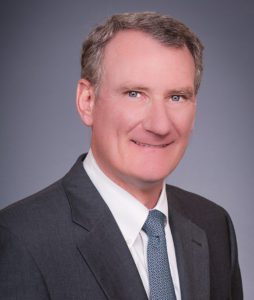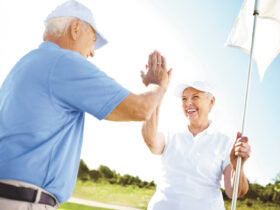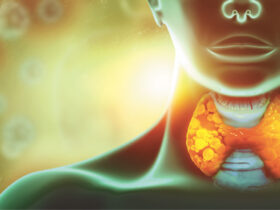
At 88 years old, he still liked to swim a half mile in the Gulf of Mexico every morning. The buoyant saltwater of the Gulf eased the leg pains that were always with him when he was standing or walking on land. Then, one day, the pain kept him from making the 50-yard walk from car to shoreline at Venice Beach.
“He told me he had to sit down in the sand. He couldn’t make it to the water anymore – the pain was just too intense,” said John R. Cassidy, M.D., a board-certified neurosurgeon who performs neurosurgery at Venice Regional Bayfront Health and hospitals in Sarasota.
Dr. Cassidy’s patient suffered from a condition called “spinal stenosis,” a thickening of tissues surrounding the spinal canal that often leads to pain in the back and legs.
“It’s basically arthritis of the spine, and as a degenerative condition, it tends to happen to people later in life,” he said. “The pain can keep people from enjoying activities we take for granted. Taking a walk, traveling to visit family, accompanying the grandkids to a theme park – with spinal stenosis, people tend to become sedentary and often isolated.”
Dr. Cassidy and his partner, Christopher Guerin, M.D., of Neurosurgical Associates, Cassidy & Guerin, M.D., P.A., see many patients with spinal stenosis, particularly in the lower back. Their Venice practice – which also has offices in Englewood and Sarasota – provides general neurosurgery and specializes in complex spinal disease and brain tumors.
Causes, Symptoms and Treatments
The spine is a row of 26 bones in your back. It allows you to stand up straight and bend over. The spine also protects your spinal cord from being hurt. In people with spinal stenosis, the spine is narrowed in one or more of three parts: the space at the center of the spine, the canals where nerves branch out from the spine, and the space between vertebrae (the bones of the spine). This narrowing puts pressure on the spinal cord and nerves, and can cause pain in the back, buttocks and legs.
Depending on the severity of symptoms, stenosis can be treated with medications, injections and physical therapy. As the condition progresses, however, surgery frequenty becomes necessary.
“In spinal stenosis, the space the nerves course through – the spinal canal – can be reduced to a third of its original cross-sectional area. Those are the patients we end up treating with surgery,” Dr. Cassidy said.
Surgical approaches don’t resolve back pain, he said, but they are effective for leg pain. Pain in the legs and buttocks, which is caused by a pinched sciatic nerve, can be reduced or resolved, often with a fairly minor outpatient procedure.
Dr. Cassidy uses microsurgical techniques to pare away minute amounts of tissue. This frees up the nerve without causing weakness in the structure of the spine.
“Typically, this technique takes 30 minutes to perform on an outpatient basis,” Dr. Cassidy said. “Within a week, the patient will be back at work – at least part time – and playing golf within four weeks.”
The microsurgical technique is not age-dependent if the patient does not have other medical conditions that would add risk.
“We use magnetic resonant imaging (MRI) to examine the spine. Based on our experience with these conditions, we can determine the best course of treatment,” Dr. Cassidy said. “Some patients may have a congenital malformation like scoliosis (curvature of the spine) that could limit our ability to perform a lower-risk surgery. In many of the people we see, however, microsurgery to decompress the nerve is a safe, effective option.”
And the 88-year-old swimmer?
“He can walk to the water and keep on swimming,” Dr. Cassidy said with a smile.
For more information about back pain, leg pain and spinal stenosis, call 941-483-7978.
The National Institute of Arthritis and Musculoskeletal and Skin Diseases, a unit of the National Institutes of Health (NIH), contributed to this report.
Venice Regional Bayfront Health
Call 941-483-7978 or visit VeniceRegional.com







